Science to the Rescue: Eye-Popping Images for Weary Travellers
Everyone nowadays goes a bit crazy for immunofluorescence images, and rightly so as they are extraordinarily beautiful. This trend has spilled over into the Dulles Airport which is displaying a series of brightly coloured high-magnification images of tissues from various model organisms. These 46 images, also made up of some 3D reconstructions and pseudo-coloured electron micrographs, are displayed in the Gateway Gallery in Concourse C along with captions to help relate these wondrous images into everyday life.
For those of us not travelling through Dulles Airport between now and November 2014, the National Institute of General Medical Sciences has posted an online version of the exhibit featuring high-resolution versions of the images as well as expanded captions.
I highly recommend scanning through the whole exhibit, but for those of you who are short on time here are my top 5 favorite images from the exhibit:
5. HIV, the AIDS virus (yellow), infecting a human T-cell (blue)
Seth Pincus, Elizabeth Fischer and Austin Athman, National Institute of Allergy and Infectious Diseases, National Institutes of Health
4. Human blood with red blood cells, T cells (orange) and platelets (green)
Dennis Kunkel, Dennis Kunkel Microscopy, Inc
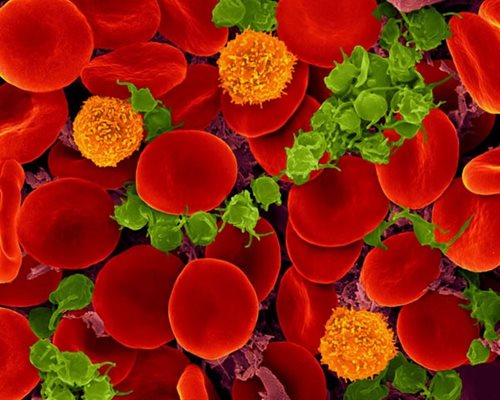
3. Pollen grains: male germ cells in plants and a cause of seasonal allergies
Edna, Gil and Amit Cukierman, Fox Chase Cancer Center, Philadelphia, Pa.
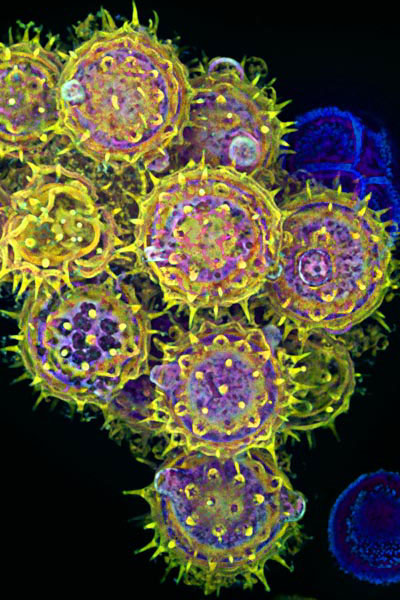
2. Zebrafish embryo
Philipp Keller, Bill Lemon, Yinan Wan and Kristin Branson, Janelia Farm Research Campus, Howard Hughes Medical Institute, Ashburn, Va.
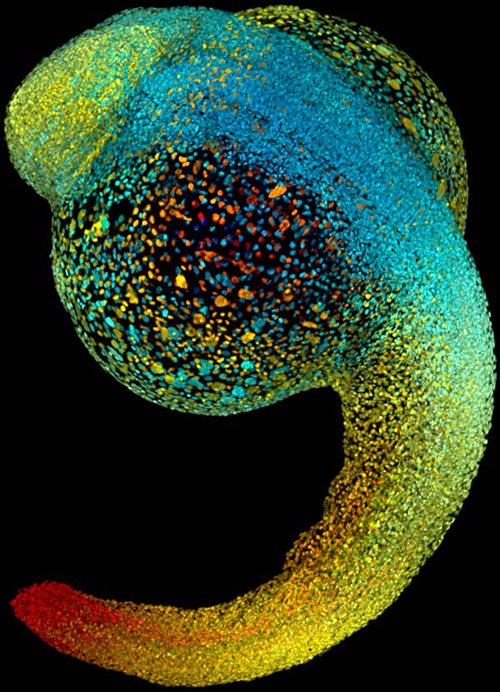
1. Mouth parts of a lone star tick
Igor Siwanowicz, Janelia Farm Research Campus, Howard Hughes Medical Institute, Ashburn, Va.
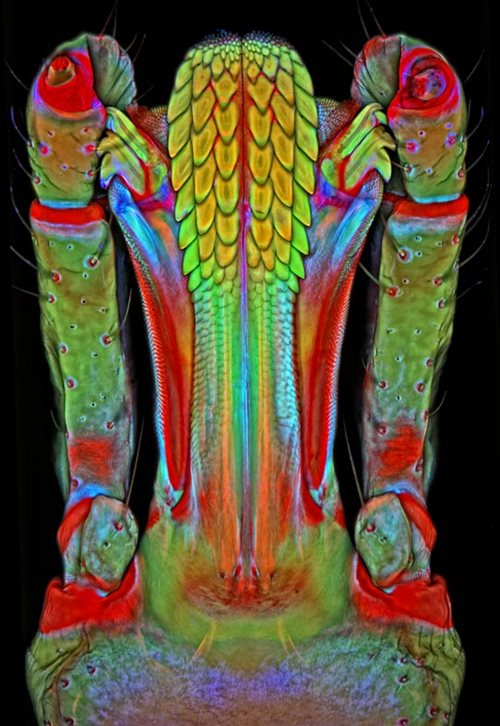
This exhibit entitled Life: Magnified is sponsored by the National Institute of General Medical Sciences (NIGMS), the American Society for Cell Biology (ASCB) and the Metropolitan Washington Airports Authority’s Arts Program.
To view the full online exhibit visit: http://www.nigms.nih.gov/Education/life-magnified/Pages/default.aspx
Which image do you find the most eye-catching?

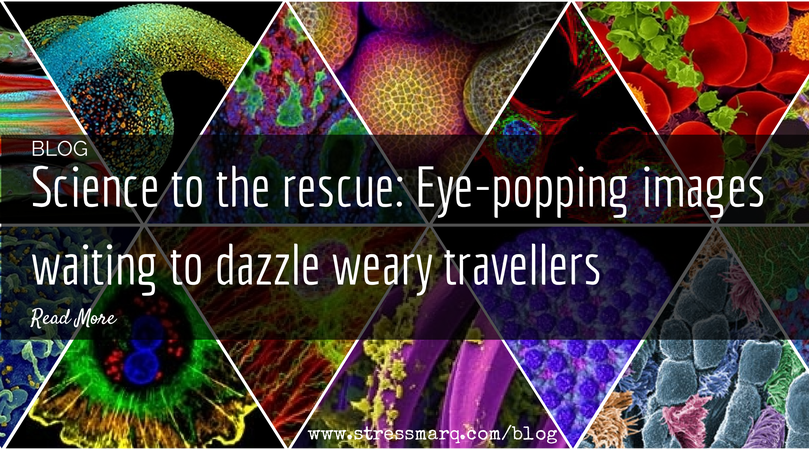
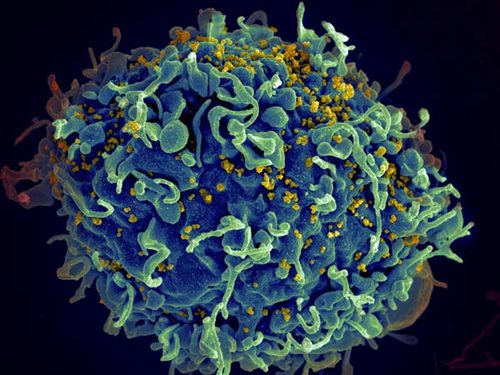
Leave a Reply